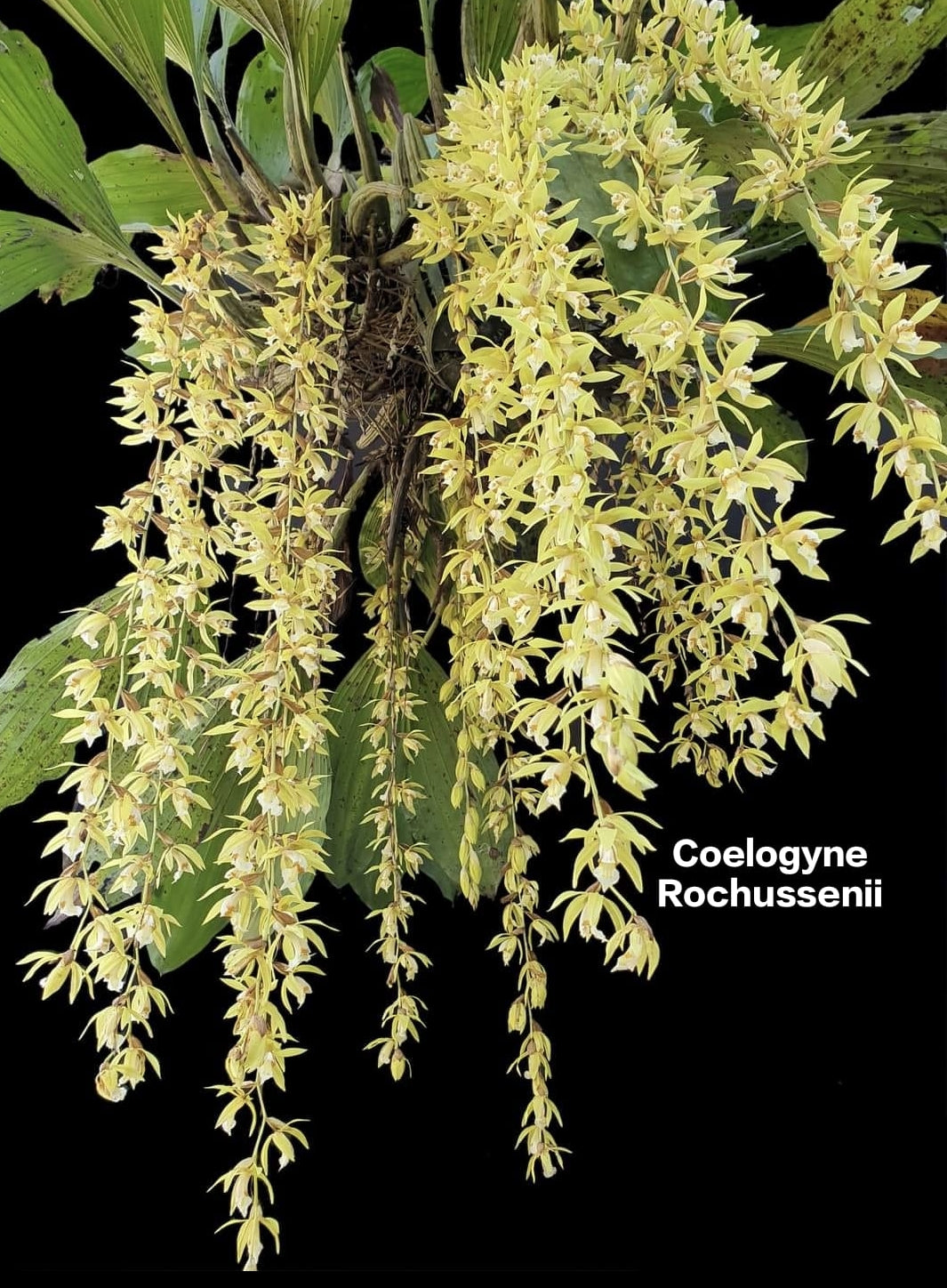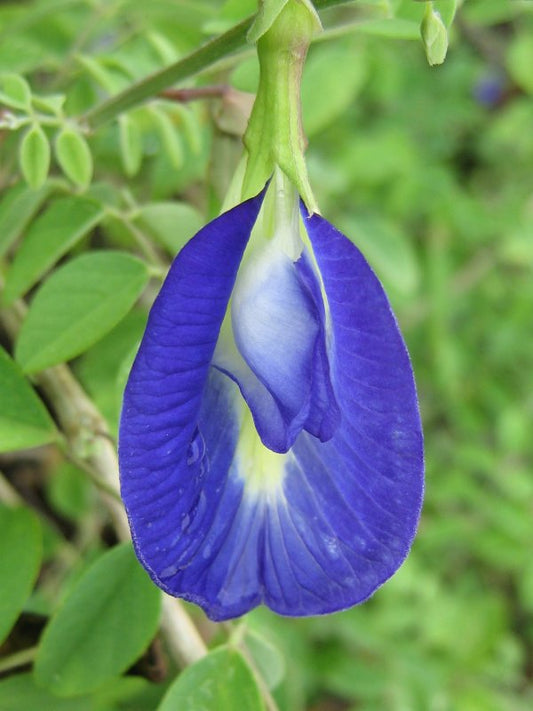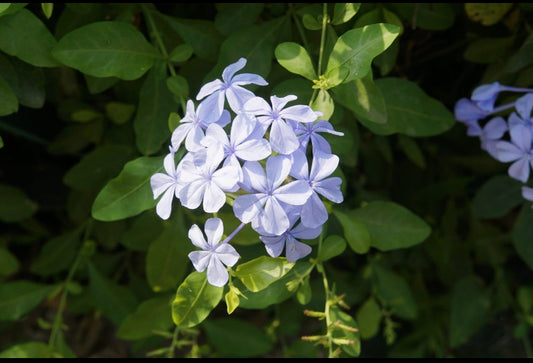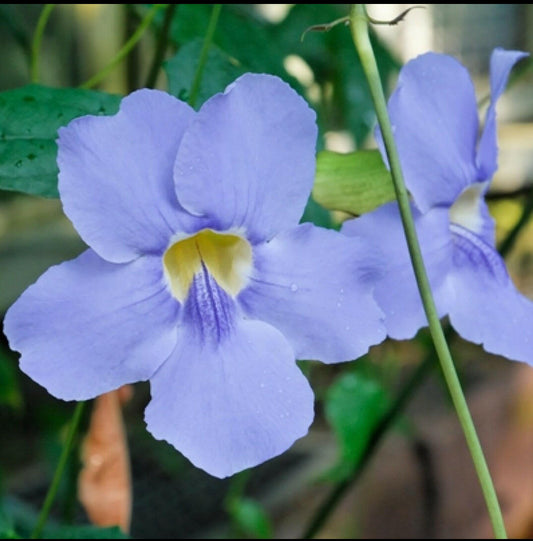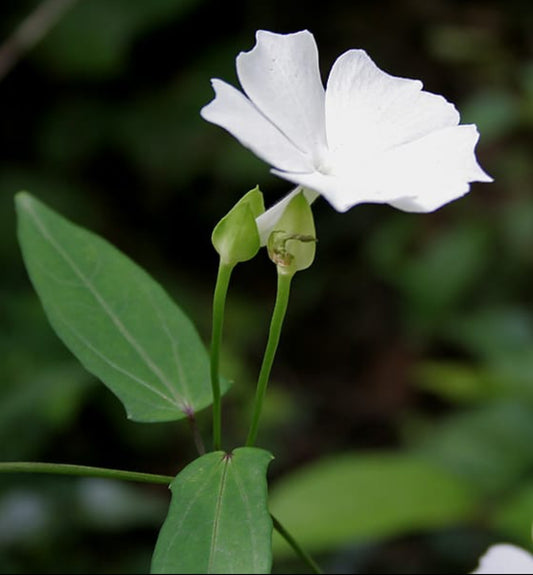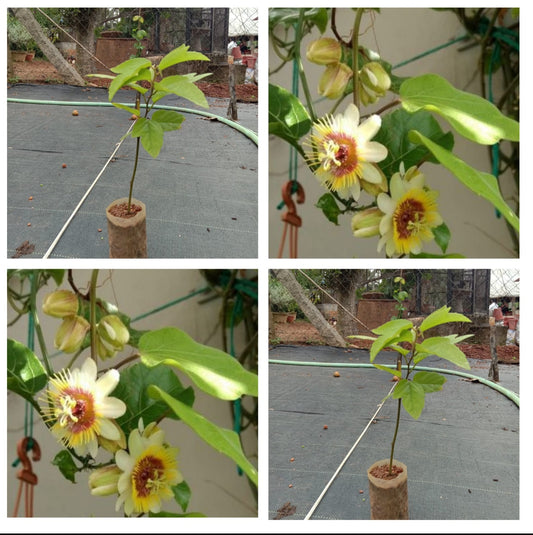Growing outdoor garden plants can transform your backyard into a lush, green oasis. Whether you're a seasoned gardener or a beginner, this guide will provide you with all the information you need to successfully cultivate a variety of plants in your outdoor space. At Ashiyana Store, we offer a wide range of plants and gardening supplies to help you achieve the garden of your dreams.
Why Grow Outdoor Garden Plants?
Enhance Aesthetic Appeal
Outdoor plants add color, texture, and beauty to your garden, creating a visually appealing space for relaxation and enjoyment.
Improve Air Quality
Plants naturally purify the air by absorbing carbon dioxide and releasing oxygen, contributing to a healthier environment.
Support Local Ecosystems
Native plants attract and support local wildlife, including birds, bees, and butterflies, promoting biodiversity in your garden.
Steps to Growing Outdoor Garden Plants
1. Choose the Right Plants
Consider Your Climate
Select plants that are well-suited to your local climate. Check the hardiness zone of your area to ensure the plants can thrive in your region's temperature and weather conditions.
Assess Soil Type
Test your soil to determine its type and pH level. Different plants have specific soil preferences, so knowing your soil's characteristics will help you choose the right plants.
Determine Sunlight Exposure
Observe how much sunlight your garden receives throughout the day. Choose plants that match the light conditions of your garden—full sun, partial shade, or full shade.
2. Prepare the Soil
Enrich the Soil
Improve soil fertility by adding organic matter, such as compost or manure. This will enhance soil structure, drainage, and nutrient content, providing a better growing environment for your plants.
Test and Adjust pH
Use a soil pH test kit to determine the acidity or alkalinity of your soil. Adjust the pH level if necessary to match the requirements of your chosen plants.
3. Planting Your Garden
Plan Your Layout
Design your garden layout considering plant height, spread, and growth habits. Place taller plants at the back and shorter ones at the front to create a layered effect.
Plant at the Right Time
Follow the planting guidelines for each plant, considering the best time of year for planting. Generally, spring and fall are ideal planting seasons for most outdoor plants.
4. Watering and Maintenance
Establish a Watering Schedule
Water your plants regularly, especially during dry spells. Ensure the soil is moist but not waterlogged. Newly planted gardens require more frequent watering until the plants are established.
Mulch and Weed Control
Apply mulch around your plants to retain moisture, suppress weeds, and regulate soil temperature. Regularly check for weeds and remove them to prevent competition for nutrients and water.
5. Fertilizing and Pruning
Use Organic Fertilizers
Feed your plants with organic fertilizers to promote healthy growth. Follow the recommended application rates and schedules for each type of plant.
Prune for Health and Shape
Prune your plants to remove dead or diseased branches, encourage new growth, and maintain their shape. Regular pruning also helps improve air circulation and reduce the risk of pests and diseases.
Internal and External Links for Enhanced SEO
Internal Links:
External Links:
- Gardening Know How – A comprehensive resource for gardening tips and advice.
- Royal Horticultural Society – Expert gardening advice from the UK’s leading gardening charity.
Call to Action
Ready to start your gardening journey? Visit Ashiyana Store today and explore our wide selection of outdoor garden plants and gardening supplies.
- Shop Outdoor Plants: Browse Here
- Read Gardening Guides: Learn More
- Explore Plant Care Tips: Discover More
Transform your garden into a thriving green space with Ashiyana Store's high-quality plants and expert advice. Start shopping now and experience the joy of gardening!
